
Review of the intraoperative management and hemodynamic goals for patients with aortic stenosis, mitral stenosis, aortic insufficiency, and mitral valve regurgitation.
Diagnostic considerations for asymptomatic patients who present in the outpatient setting with known or unknown disease (auscultatory exam / preoperative echocardiogram)
The objectives of this course are:
This presentation will introduce new medications, discuss their pharmacologic properties, and dive into clinical applications useful for the Dentist Anesthesiologist.
Attendees will come away with an introduction to the following novel medications:
An introduction to perioperative alternatives to opioids for general anesthesia, and a discussion of how reduced opioid use impacts patient care.
Attendees will come away with:
It’s 1987 and the term virtual reality was coined. Thirty-three years later, this technology is still young. What is this used for other than gaming and how can you apply it to anesthesiology?
Attendees will come away with:
The COVID-19 pandemic has shifted the landscape of anesthesia care to involve telehealth, a tool that includes phone- and video-conferencing. Traditionally, pre-anesthesia consultations involve in person medical history-taking; laboratory testing or investigations; focused physical examination; and referral to other medical services to optimize the patient’s health prior to anesthetic procedures. The transition to incorporate virtual visits for not only patients living in rural and remote areas, but also local patients, prompts anesthesiologists to adapt their traditional practices to a new digital platform.
This lecture highlights best practices for virtual pre-anesthesia consultations.
The objectives of this course are:
Dr. Michelle Wong, Assistant Professor of Dental Anesthesiology at the University of Toronto’s Faculty of Dentistry, is a dental anesthesiologist who obtained her Doctor of Dental Surgery degree in 2010, Master of Science in Dental Anesthesia in 2014, and Doctor of Education in Educational Leadership in 2020. Dr. Wong is a Diplomate of the American Dental Board of Anesthesiology. She performs special care dentistry and anesthesia in an active hospital practice at Sunnybrook Health Sciences Centre’s Department of Dental Maxillofacial Sciences and in private practices in the Greater Toronto Area.
Dr. Andrea Fonner is a Diplomate of the American Dental Board of Anesthesiology (ADBA). She is the incoming President of the ADBA and has served as a board examiner and primary contributor for several years. She served as Chair and co-author of the American Society of Dentist Anesthesiologists (ASDA) Interim Guidance for the office-based setting during the COVID-19 pandemic and helped compose the model legislation document sponsored by the ASDA.
Her passion is teaching dentists around with world about ways to improve patient safety. She is the co-creator of the Anesthesia Research Foundation’s Ten Minutes Saves a Life!® emergency application and manual, which is the only cognitive aid that exists for dentistry and is used all around the world. She is the Co-Director of the High-Fidelity Human Simulation course sponsored by the American Dental Society of Anesthesiology (ADSA) and is the Co-Director for the Oregon Academy of General Dentistry Parenteral Moderate Sedation course. She serves as the President of the Washington Society of Anesthesiology and sits on the Board of Directors for the ADSA. She is the President and Co-Founder of the Washington State Society of Mobile Dental Anesthesia (WSSMDA).
Dr. Fonner maintains a private mobile practice in Bellevue, Washington. The best part of each day is spending time with her husband, Matt, and their beautiful identical twin girls, Lauren and Charlotte.

This session will be an amazing opportunity to teach and learn as a community through a live interactive panel discussion with our Dentist Anesthesiologist experts Dr. Andrea Fonner, Dr. Steve Ganzberg and Dr. Joe Giovannitti.
Join us to see how some of our esteemed colleagues approach interesting cases. These may be cases that may not be appropriate to be treated in the office and/or patients with complex medical issues.
Dr. Naftalin is a ADBA board-certified dentist anesthesiologist who provides hospital-quality anesthesia and sedation services in dental offices through his mobile anesthesiology practice. He earned his DDS degree from the Herman Ostrow School of Dentistry at USC and completed a general practice residency at the Veteran’s Administration in West Los Angeles. He then completed the UCLA Dental Anesthesia residency.
He teaches part time at the UCLA School of Dentistry in both the dental anesthesia and pediatric dental departments, where he trains future dentist anesthesiologists. He is treasurer of the American Society of Dentist Anesthesiologists. He serves on the board of the California Society of Dentist Anesthesiologists and the California Dental Society of Anesthesia. He is past president and former editor for the Southern California Society of Dentistry for Children.
Dr. Naftalin is dedicated to a program that provides anesthesia for dental patients with special needs in Nicaragua. Without this program these patients would have no access to dental care. A sought-after expert, he lectures nationally and internationally on oral sedation, anesthesia and dental office emergency management.
A dedicated family man, he is the proud father to two energetic daughters. As a family, they enjoy beach time, biking, hiking, and skiing in the mountains.

In 1990, Ken Kromash made the decision to move to Chicago to attend a training program in anesthesia for dentists at Illinois Masonic Medical Center. He only expected to stay a year or two at the most. Thirty years later, he is the Program Director of the youngest training program for one of the newest specialties in dentistry. He is honored to be invited to speak to his colleagues at the ASDA Fall Virtual Meeting. Stay safe, be well, and keep fighting!
Dr. Giovannitti is a dentist anesthesiologist and Professor and Chair of the Department of Dental Anesthesiology at the University of Pittsburgh School of Dental Medicine, and the Anesthesia Director of the school’s Center for Patients with Special Needs. He is the recipient of the Leonard M. Monheim Distinguished Service Award from the American Society of Dentist Anesthesiologists and the Jay A. Heidbrink Award from the American Dental Society of Anesthesiology. He has been actively involved in teaching at all levels of dental education, has authored numerous scientific articles, book chapters and a textbook pertaining to pain and anxiety control in dentistry, has lectured at professional seminars nationally and internationally, and is active in national dental anesthesiology professional organizations.

Dr. Ganzberg, Clinical Professor of Anesthesiology at the UCLA School of Dentistry, is a dentist anesthesiologist with over 30 years of experience in pain management. Dr. Ganzberg graduated from M.I.T. in 1977 and the University of Pennsylvania School of Dental Medicine in 1981. He completed his pain management training at New York University and his anesthesiology training and Master’s degree at O.S.U. Dr. Ganzberg is a Diplomate of the American Dental Board of Anesthesiology and the American Board of Orofacial Pain.
Dr. Ganzberg taught at The Ohio State University medical and dental schools for 17 years before coming to UCLA. Dr. Ganzberg is a past president of the American Society of Dentist Anesthesiologists and the American Dental Board of Anesthesiology and past editor of Anesthesia Progress. He is active clinically as Director of Anesthesiology for the Century City Outpatient Surgery Center, a Joint Commission accredited surgery center focusing on dentoalveolar, maxillofacial and facial plastic surgery. He has published over 70 original research articles and book chapters in the field. His research focuses on out-patient anesthesia techniques and clinical pharmacology.
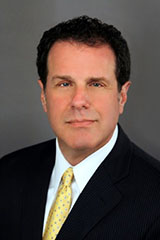
Sickle cell disease (SCD) is the most common group of inherited red blood cell disorders, with a prevalence of an estimated 70,000 – 100,000 individuals in North America, and an additional 3.5 million individuals as heterozygous carriers. At low oxygen tensions, hemoglobin in patients with SCD changes conformation to a sickle shape, which can potentially lead to vaso-occulsive crises. Sequelae of these crises include stroke and cranial symptoms, with 11% of SCD children presenting with overt stroke symptoms and another 30% presenting with silent cerebral infarcts. Anesthetic goals for the perioperative management of these patients are to avoid acidosis, hypotension, hypoxia, infection, hypothermia, vaso-constriction and venous stasis, all of which can precipitate a vaso-occlusive crisis.
The following case describes the successful management of a 12-year-old girl with a past medical history (PMHx) of sickle cell anemia who presented for extraction of several supernumerary teeth and biopsy with enucleation of lower left mandibular cyst under general anesthesia. The use of cerebral oximetry in the intraoperative management of sickle cell patients has not yet to date been described in the literature. Cerebral oximeters such as the INVOS TM Cerebral/Somatic Oximeter (Medtronic) which was used in this case are able to estimate regional tissue oxygenation of the frontal cortex, and therefore detect changes in oxygen supply and demand. Utilization of cerebral oximetry in the intraoperative period, can help provide early recognition of signs of ischemia facilitating early interventions to reduce postoperative morbidity and mortality.
Airway management is one of the most important responsibilities of an anesthesiologist. Some may even argue that anticipating and preparing for a difficult airway is the crux of our role. As advancements are made in surgical procedures and equipment, the anesthesiologist must develop ways to adapt. Fortunately, many tools and techniques already exist in our armamentarium.
According to the American Society of Anesthesiologists’ difficult airway algorithm, the first step is to identify patients who may be difficult to ventilate [1]. More specifically, an aspect of this is determining whether a patient will have a poor mask seal, whether it be due to edentulism, facial hair, or a dentofacial deformity [2]. In this presentation, we evaluate the difficulty of achieving a good mask seal on patients undergoing robotic implant placement with a Yomi robot, in an outpatient ambulatory setting. We demonstrate the process of establishing and securing the airway via nasal-tracheal intubation prior to ventilating patients. A large component of our decision-making is influenced by the requirement of the Yomi technique to insert either an Edentulous Patient Splint (EPS) or a Chairside Patient Splint (CPS) prior to taking a cone beam CT scan and inducing the patient. Our ability to provide this service allows our surgical colleagues to use a new technique to advance implant placement in a more precise manner. Ultimately, we align with certain recommendations that can be broadly applied to intubated general anesthesia cases in an outpatient setting [3].
1. Updated by the Committee on Standards and Practice Parameters, et al. “Practice guidelines for management of the difficult airway: an updated report by the American Society of Anesthesiologists Task Force on Management of the Difficult Airway.” Anesthesiology 118.2 (2013): 251-270.
2. Williams, W. Bradford, and Yandong Jiang. “Management of a difficult airway with direct ventilation through nasal airway without facemask.” Journal of oral and maxillofacial surgery 67.11 (2009): 2541-2543.
3. Law, J. Adam, et al. “The difficult airway with recommendations for management–part 2–the anticipated difficult airway.” Canadian Journal of Anesthesia/Journal canadien d’anesthésie 60.11 (2013): 1119-1138.
Hemodynamic resuscitation in critically ill trauma patients receiving massive blood transfusions
have a 35% increased chance of developing trauma-induced coagulopathy, a secondary event that drastically increases mortality rates. As a multifactorial system, trauma-induced coagulopathy or acute traumatic coagulopathy (ATC) encompasses an array of complex
mechanisms including: consumption coagulopathy and blood loss; dilution; hormonal disruption; coagulation disruption; hypoxia; metabolic acidosis; hypothermia; and immune activation. As a potentially life-threatening event, ATC must be identified as early as possible to prevent death by massive hemorrhage.
Methods:
This is a case report of acute traumatic coagulopathy following post-operative secondary
hemorrhage and resuscitation.
Results:
This patient is a 70 year-old male with a past medical history of hypertension, hepatitis C, peripheral artery disease with bilateral femoral-popliteal occlusion, and polysubstance abuse presenting for right groin exploratory, endovascular balloon occlusion of aorta, control of hemorrhage, patch angio right CFA/EIA following lower left extremity angioplasty with stunting and graft bypass under general anesthesia. Symptoms of intraoperative hemodynamic instability were observed after several units of blood, plasma, and platelet transfusions.
Intravenous sites including the triple lumen port, arterial line, and peripheral lines had excessive bleeding. Areas around the mouth and membranous tissues were also bleeding. Arterial blood gas samples were obtained confirming metabolic acidosis, hyperkalemia, hypovolemia, severe blood loss, and dilution. Once the patient arrived at the surgical intensive care unit, cryoprecipitate was transfused and all bleeding sites were controlled with pressure until clotting was observed. He recovered in the SICU until he was hemodynamically stable.
Conclusion:
Identifying the presentation of ATC and making a collective effort in managing this secondary event is critical in prognostic outcome. In this particular case, the resulting presentation of ATC followed collective factors of iatrogenic origin and post-operative vascular complications.
Anesthesia providers must be vigilant in monitoring the patient for clinical symptoms such as excess bleeding from IV access sites, central venous lines, arterial lines, and delicate membranous tissues; follow ATC resuscitation with cryopercipitate, fresh frozen plasma, and platelet; maintain core temperatures; and evaluate arterial blood gas findings for volume overload, hyperkalemia, and metabolic acidosis. Maintenance of hemodynamic stability following massive blood loss and management traumatic coagulopathy is key in preventing fatal outcomes.
Resources:
Cap, A., Hunt, B. J., (2015), The pathogenesis of traumatic coagulopathy. Anaesthesia. 2015
Jan; 70 Suppl 1:96-101, e32-4.
Clinical Case Report
The following case report will address the local anesthetic toxicity considerations of a 63-year-old healthy female, undergoing a lengthy full mouth surgical case under general anesthesia.
In the case report, local anesthesia was administered during the procedure and a long lasting anesthetic (EXPAREL) intended to be given at the end of a lengthy (6 hour) surgical case. This report will review the following:
Local anesthetic overview:
When intravenous medications are indicated for patient care, the appropriate administration of those medications is necessary for safe and efficient outcomes. The anesthetic management of a patient continuously evolves as resources and data become more available.
Scientific evidence has rarely (if at all) been reported in the literature demonstrating analytical confirmation of the physical compatibility and stability of glycopyrrolate and rocuronium combined. The evaluation of the compatibility of glycopyrrolate with rocuronium is the subject of this research.
Glycopyrrolate and rocuronium were combined in various containers, observed over a 60-minute period, statistically analyzed, and compared against positive and negative controls to determine their physical compatibility. In the research environment through which the test protocol was performed, it was determined that glycopyrrolate and rocuronium are physically compatible.
Although no current information indicates inappropriateness of the coadministration of glycopyrrolate with rocuronium, additional testing (e.g., chemical and therapeutic compatibility testing) may be considered for improving completeness of data.
Dr. Cornelius received his DDS degree from Northwestern University, his MBA degree from the University of Utah, and his MPH degree from The University of Pittsburgh. Dr. Cornelius completed a three year residency in anesthesiology at the University of Pittsburgh. He is a Fellow of the American Dental Society of Anesthesiology and a Diplomat of both the National Dental Board of Anesthesiology and the American Dental Board of Anesthesiology.
Currently, Dr. Cornelius is the Medical Director of The Dental Surgery Center of Columbus and the Vice President of the American Society of Dentist Anesthesiologists.
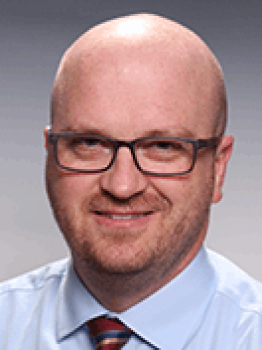
He can be reached at bryantcornelius@yahoo.com
Jed Wolpaw MD, M.Ed is an Associate Professor at Johns Hopkins University School of Medicine in the department of Anesthesiology and Critical Care Medicine and residency program director for the 85 resident training program. He subspecializes in critical care and attends in the surgical ICUs and in the general adult ORs.
Jed graduated magna cum laude with a degree in History from Brown University. He then received a master’s degree in education at Harvard Graduate School of Education and taught high school history. Subsequently he transitioned to medicine, receiving his medical degree from the University of California San Francisco (UCSF) School of Medicine where he graduated AOA and was chosen to be the student commencement speaker. He stayed at UCSF to complete his Anesthesia residency. He then came to Johns Hopkins for a fellowship in Critical Care Medicine which he completed in 2015. After completing his fellowship Dr. Wolpaw joined the faculty at Johns Hopkins.
In addition to running the residency program he co-runs both the Anesthesiology clerkship and the ICU clerkship. He is the founder and host of Anesthesia and Critical Care Reviews and Commentary (ACCRAC), a podcast focusing on interesting topics in anesthesia and critical care which has more than 50,000 unique listeners each month in more than 100 countries around the world and more than 5 million total downloads.
Dr. Wolpaw has received numerous teaching awards including the Charles Beattie Teacher of the Year award twice, the most prestigious teaching award given by his department each year, and the resident advocacy award twice in recognition of his work advocating for resident well-being. He received the Lisa Heiser excellence in education teaching award from the Johns Hopkins School of Medicine in 2020. Dr. Wolpaw was chosen as one of the inaugural winners of the ASA/SEA Distinguished Educator Award, established in 2019 to honor significant contributions to anesthesiology education. In 2021 Dr. Wolpaw was chosen as the winner of the ASA Excellence in Anesthesia Education Award, the most prestigious national award in anesthesiology education. In 2022, Dr. Wolpaw was the recipient of the Association of University Anesthesiologists (AUA) Education Innovation Award.
Dr. Wolpaw’s research interests include resident well-being, asychronous methods of teaching and learning, and improving the way we teach our trainees. He speaks nationally and internationally about resident education, feedback, communication, and well-being. He is the immediate past chair of the resident education committee of the Society for Education in Anesthesia (SEA) and the president-elect of the Association of Anesthesiology Core Program Directors (AACPD).
Dr. Wolpaw is the proud father of 3 amazing daughters and husband to an incredible woman and physician. He is on twitter @jwolpaw and @accracpodcast.
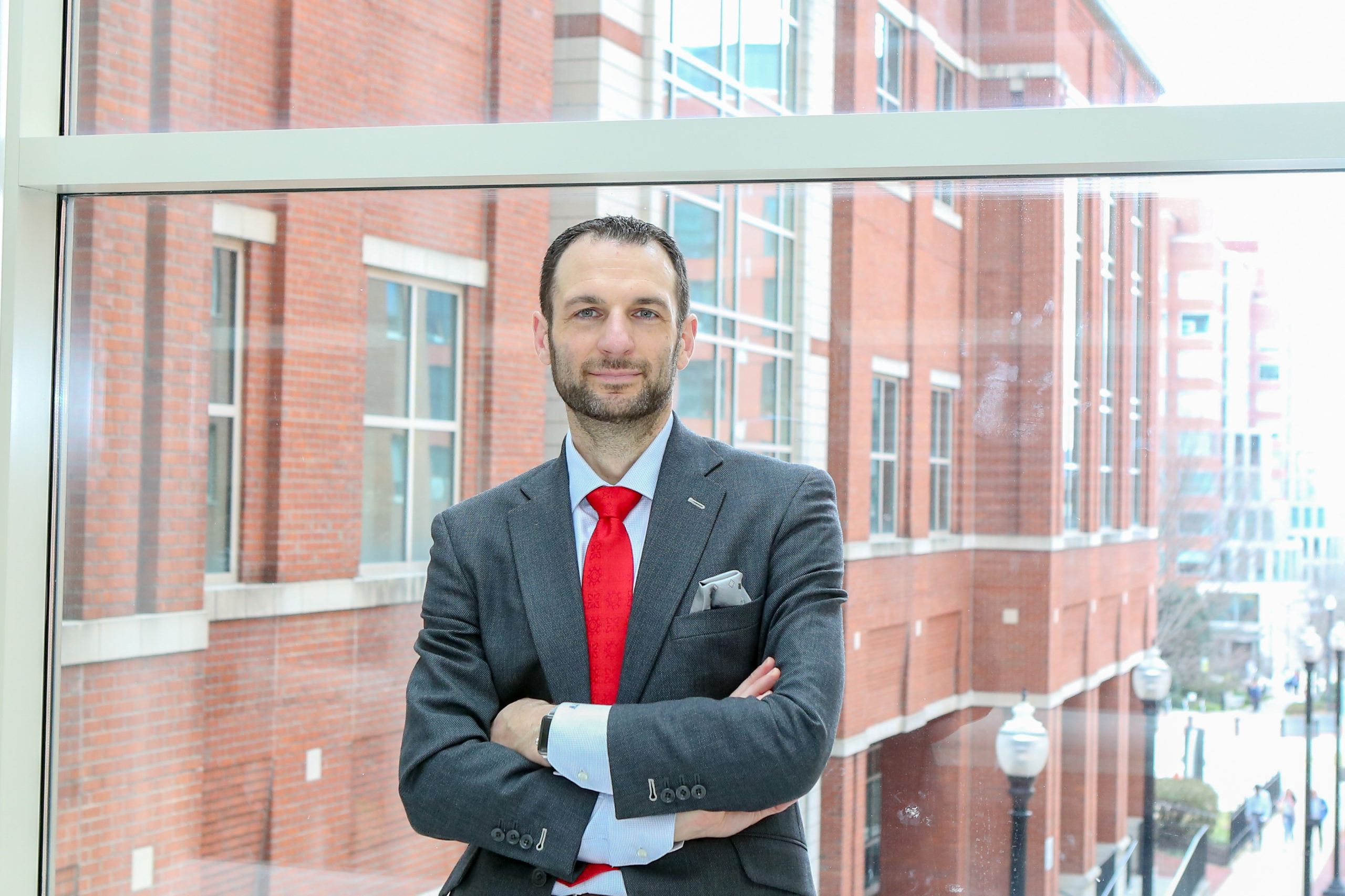
Dr. Harter served as the Jay Jacoby Chair of the Department of Anesthesiology at The Ohio State University from 2008 until 2022, and remains a member of the faculty there. He has served in a number of leadership roles in organized medicine, in particular with the American Society of Anesthesiologists. Dr. Harter currently serves as President-of ASA. Dr. Harter has been involved in a number of wellness activities, including representing ASA on the National Academy of Medicine’s Action Collaborative on Clinician Well-Being and Resilience from 2017-2020.
Dr. Guthrie received his undergraduate education at the University of Notre Dame, earning a B.S. in Biochemistry, magna cum laude. He then graduated cum laude from the Harvard School of Dental Medicine in 2012. After completing a General Practice Residency, Dr. Guthrie practiced general dentistry for five years before beginning his anesthesia training on Long Island. While a resident at Stony Brook, he was selected as chief resident in the class of 2021. Dr. Guthrie now resides in Louisville, KY, with his wife Katie and their four children. He joined SmileMD and provides office-based dental anesthesia services throughout the state Kentucky.
Dr. Katie Bradford is a dentist anesthesiologist currently in private practice near Nashville, TN. Born and raised in Cape Girardeau, MO, Dr. Bradford received her undergraduate degree in Interdisciplinary Studies with emphasis in Biology, Chemistry, and Mathematics/Physics from Southeast Missouri State University and her Doctor of Dental Surgery from Indiana University School of Dentistry. After graduation from IU, she completed a General Practice Residency at The Ohio State University prior to completing her anesthesia training, which included a Dental Anesthesia fellowship at Indiana University followed by a Dental Anesthesiology residency program at NYU Lutheran Medical Center in Brooklyn, NY. During her final year of training, Dr. Bradford also served as Chief Resident for her program.
After completing her training, Dr. Bradford moved with her husband, Ryan, to Tennessee to join Nashville Office-Based Anesthesia where she provides anesthesia services in the middle-Tennessee area. The Bradfords are proud parents to two rambunctious boys: three-year-old EJ and five-month-old Ollie. In her free time, Dr. Bradford enjoys spending time with her family, volunteering with her church, exploring the wineries of middle Tennessee, and attending concerts.
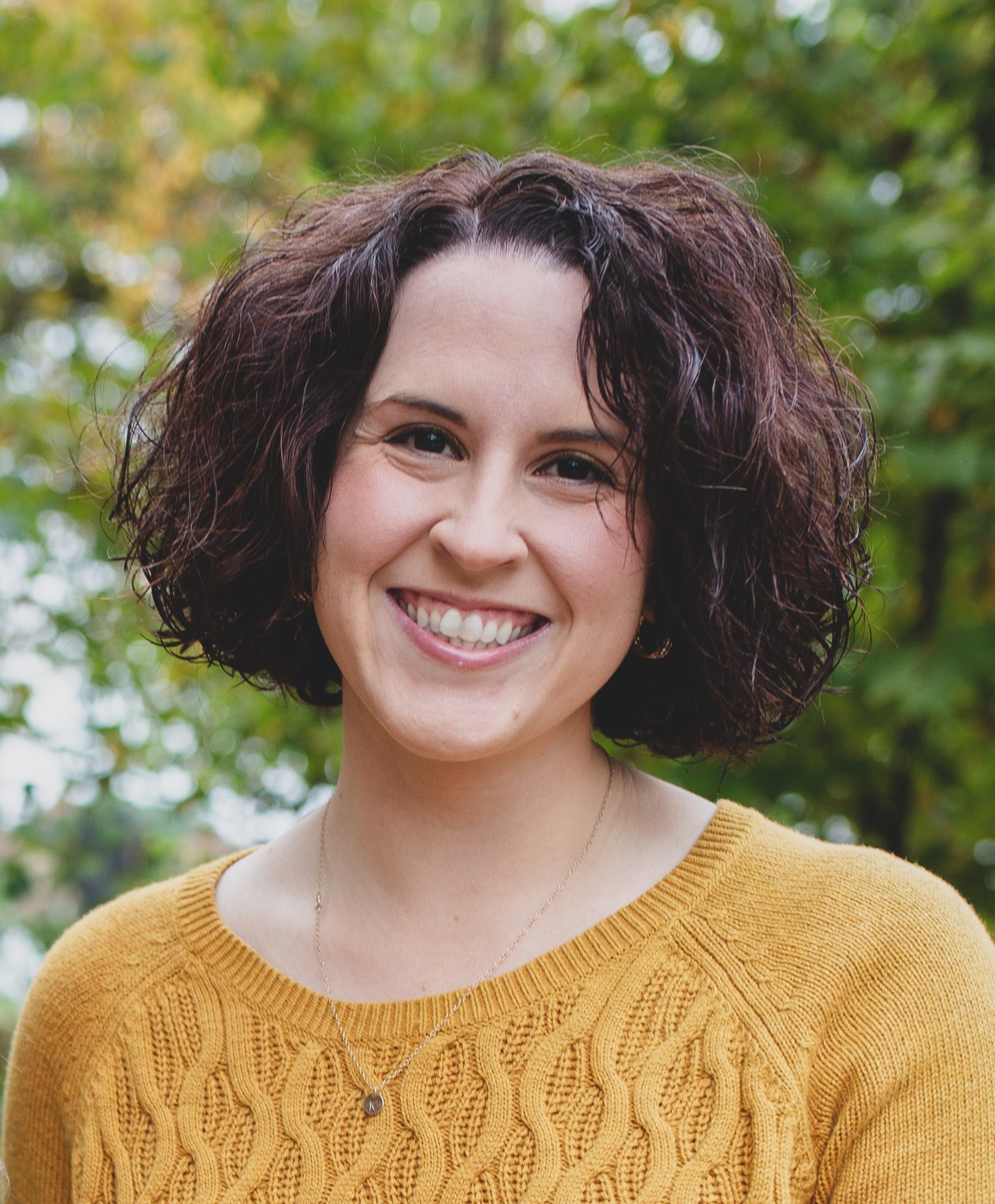
Dr. Alexi DeFreitas is currently in private practice in Dallas, Texas. She received her dental degree from Texas A&M College of Dentistry before completing her residency at the University of Pittsburgh School of Dental Medicine in 2020. Following residency she worked briefly in Seattle, WA providing anesthesia for pediatric patients, but ultimately decided to return to her home state to be closer to family. She is a diplomate of the American Dental Board of Anesthesiology and works as an associate at DFW Dental Anesthesia Specialists. Her passions include providing anesthesia for children and patients with special needs. Outside of anesthesia, Dr. DeFreitas enjoys traveling and spending time with her family (especially her two beloved nephews).
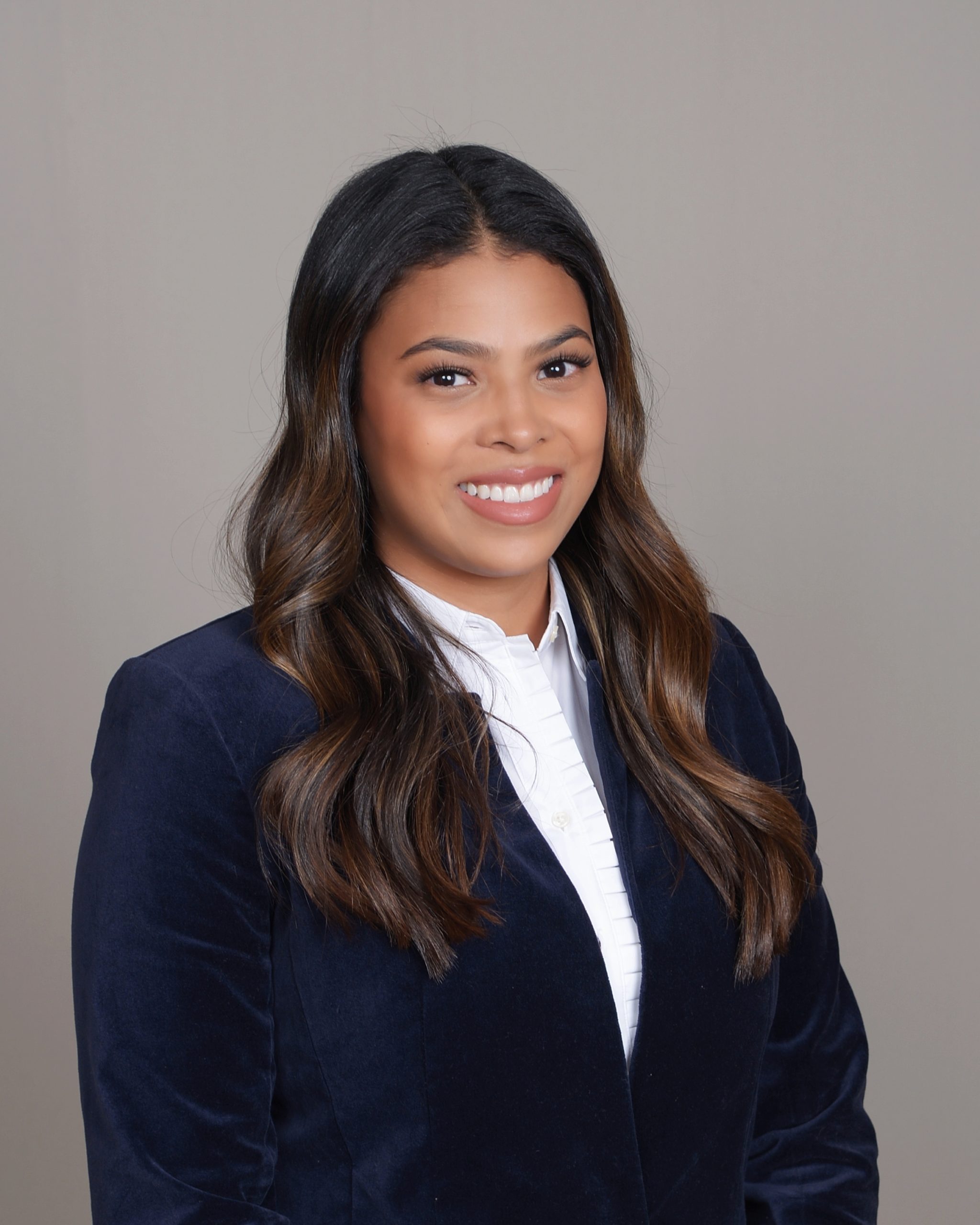
The Hands-on Difficult Airway Course will take 24 participants through a series of difficult airway management cases. Small group stations will allow for attendees to participate as the primary and/or secondary anesthesia provider during case simulation guided by course instructors.
Bryant Cornelius, DDS
Jesse Manton, DDS
Carilynne Yarascavitch, DDS, MSc, PhD
Dr. Jonathan Wong is a graduate of Southern Illinois University School of Dental Medicine. He completed his general practice residency at Saint John’s Mercy Medical Center in St. Louis and an oral surgery externship at Banner Good Samaritan Hospital. He then went on to complete his anesthesia residency at Stony Brook Medical center. Dr. Wong is now in private practice and is the founder of Coastal Pediatric Dental and Anesthesia in Norfolk, VA.
He is a patient safety advocate whose national lectures include topics such as surgical airway techniques, simulation training, sedation and anesthesia regulations, including NFPA 99 and the ADA’s Management of Sedation Complications.
Dr. Wong is a Diplomate of the American Dental Board of Anesthesiology and serves on the Board of Directors for the American Society of Dentist Anesthesiologists.
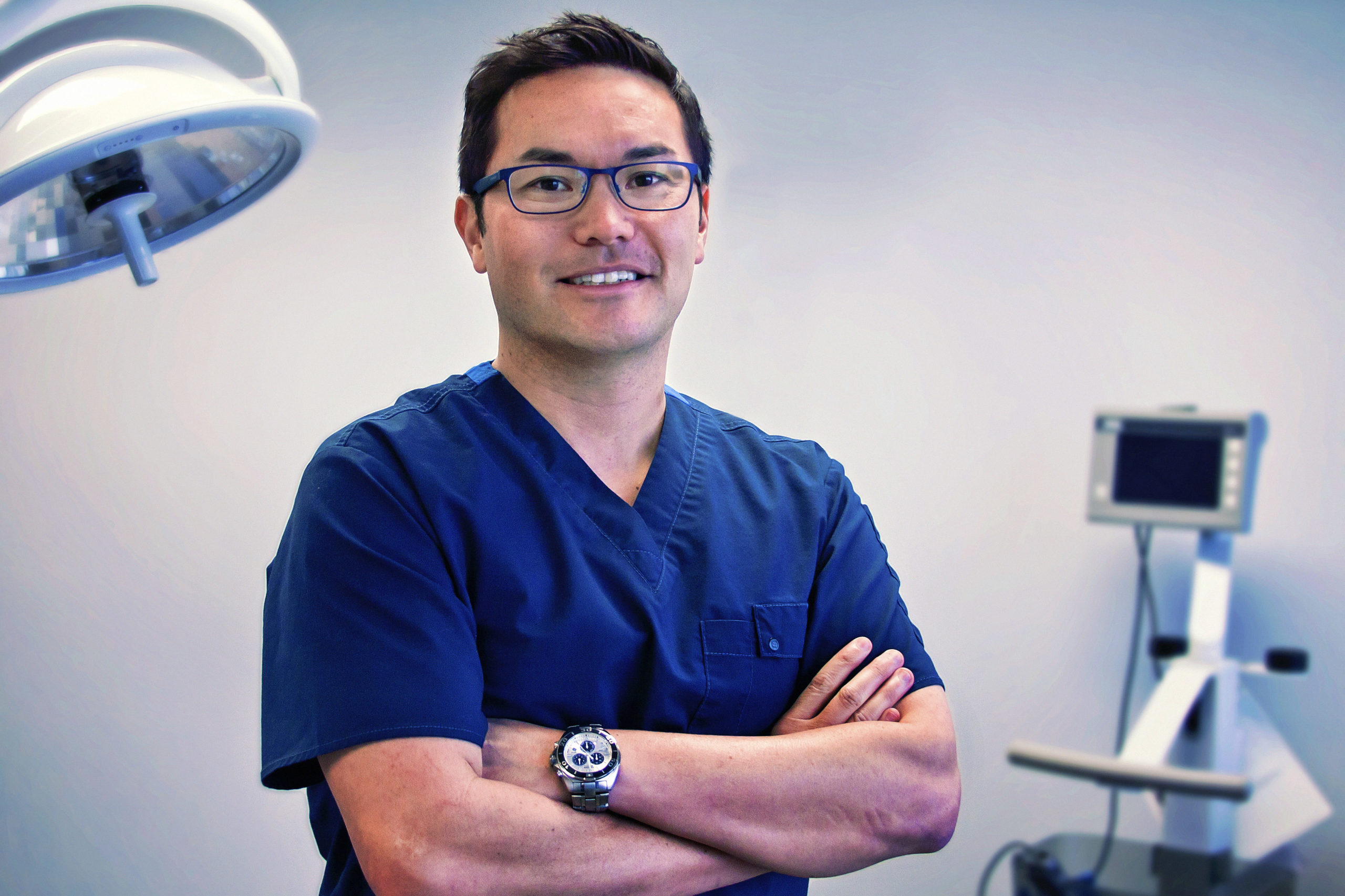
Dr. Messieha received his DDS degree from Ohio State University. He then completed a General Practice Residency at the College of Virginia Medical Center and McGuire VA Medical Center in Richmond, VA. From There he went to Long Island Jewish Medical Center where he completed a residency in Anesthesiology. After working in an office-based practice for a year, Dr. Messieha went to the University of Illinois at Chicago where he worked full-time between the College of Dentistry and the Anesthesiology Department at the University Hospital.
Dr. Messieha has lectured nationally and internationally on Anesthesiology and Pain Anxiety Control. He has several published papers and abstracts. After spending over 21 years as an educator, Dr. Zak Messieha retired as Professor of Clinical Anesthesiology both at the College of Medicine and the College of Dentistry in December of 2017.
Dr. Messieha has filled leadership positions at the national and state and is the current President American Society of Dentist Anesthesiologists. He is also a Fellow in the American College of Dentists, and the International College of Dentists. Dr. Zak Messieha publishes in peer-reviewed scientific journals and lectures nationally and internationally on topics related to anesthesia care as well as medical risk assessment. He has received several recognitions from various organizations for his contributions.